Mr. Danh Cup rowed a boat carrying bamboo traps on the canal looking for a place to put the goby traps.
Mr. Danh Chup (60 years old), a Khmer ethnic, living in Xeo Duoc 1 hamlet, An Bien commune ( An Giang province), has a thin, tanned figure and has been involved in this profession for nearly 40 years. He said: "This profession, when it dries up, all the money is gone. But I'm used to it, I can't quit."
Follow the water coconut bushes - where the coconut fish often come.
In the past, his family had 5 hectares of rice fields. After the harvest, he would go out by boat to set traps. There were times when he could catch 5-10 kg of goby, enough to buy rice and fish sauce, and sometimes even lose money on gas because there were few fish. In return, traders were familiar with him, coming to his house to weigh the fish at a price of about 90,000 VND/kg, buying all the fish, without worrying about the output.
Put the bait in the trap, skillfully and skillfully with each hand.
Mr. Chup’s entire hamlet has about ten Khmer households who follow the craft. Everyone is skillful, weaving traps as if breathing life into each bamboo strip. In the past, goby traps were made from woven water coconut leaves, but now they are made from bamboo for durability. Each small, pretty trap, both delicate and sturdy, is enough to show the meticulousness and creativity of the Khmer people who are attached to the river profession.
The goby fish trap is made from delicate bamboo strips.
Mr. Ho Van My (55 years old), whose wife is a Khmer in Xeo Duoc 1 hamlet, An Bien commune, quit his job to work for a company for nearly 10 years, then returned to the familiar wharf. He smiled simply: “This job is very hard, but I love it when I get attached to it. I have to go in the rain or wind, only on the 15th and 30th of the lunar month do I stop, because the goby fish come to the rafts to spawn, and I can’t catch them even if I set a trap.”
Mr. Ho Van My ties coconut leaves to mark each time he finishes placing a trap.
Mr. My has 52 traps, which he releases into the river every morning and collects in the afternoon, like a familiar rhythm of life.
Crushed snails and crabs are favorite baits of goby fish.
The secret to catching the coconut goby lies in choosing dense water coconut bushes with leaf axils hanging down and submerged in water, where the goby fish come to meet. The bait is a mixture of snail meat mixed with crushed crabs, the strong fishy smell makes the small fish curious, and they sneak into the trap without realizing it.
With 55 jars, Mr. My earns from several hundred thousand to a million dong per day.
The goby has a black body, smooth, round scales. The largest fish is only as big as a thumb, about an inch long, but its meat is firm and sweet. Braised with pepper or cooked in sour soup, it becomes an unforgettable delicacy.
The black goby has smooth, round scales. The largest fish is only as big as a thumb.
The hardship of the job is not only in the bait and traps, but also in the endurance. The fisherman has to soak his feet in the water for hours, his hands constantly pushing the boat, in the hot sun, in the pouring rain. The food he brings to eat on the boat, sometimes just a cold lunch box with a few dried fish, but in return is the joy of hearing the fish splashing in the trap.
Fishermen have to soak their feet in water for hours, their hands constantly pushing the boat.
Many people wonder why this fish is called “coconut goby”. The old people in the area say it is probably because it likes to live around water coconut trees, and its body is as black as old coconut leaves. So it became a name, and has been passed down from generation to generation, and no one has thought of calling it anything else.
A moment of relaxation among the crisscrossing canals.
Nowadays, there are not as many goby fish as before, and the tides are more erratic. But for Khmer people like Mr. Chup and Mr. My, this job is not only a source of food and clothing, but also a memory and identity of a community.
Every morning, drifting along the water, they sow a simple belief in the Cai Lon river: There will still be goby fish, there will still be laughter from people in the countryside market when they can buy a few ounces of fresh fish for their family meal.
Rain or shine, still go, only off on the 15th and 30th of the lunar month.
Amidst the hustle and bustle of life, the image of small boats swaying beside rafts of water coconut trees, sunburnt hands patiently placing each bamboo trap, evokes the sweet taste of the countryside.
Channel companions, meet each other, greet each other with a simple smile.
A small coconut goby, braised with a spicy peppery aroma, eaten with a bowl of hot rice in the middle of a family meal, doesn't need any delicacies to warm the heart.
Perhaps it is thanks to the Khmer people who make a living on the river that the flavor of their homeland remains, sweet like the immense Cai Lon River that flows endlessly...
Article and photos: DANG LINH
Source: https://baoangiang.com.vn/san-ca-bong-dua-nghe-muu-sinh-bap-benh-song-nuoc-a427696.html


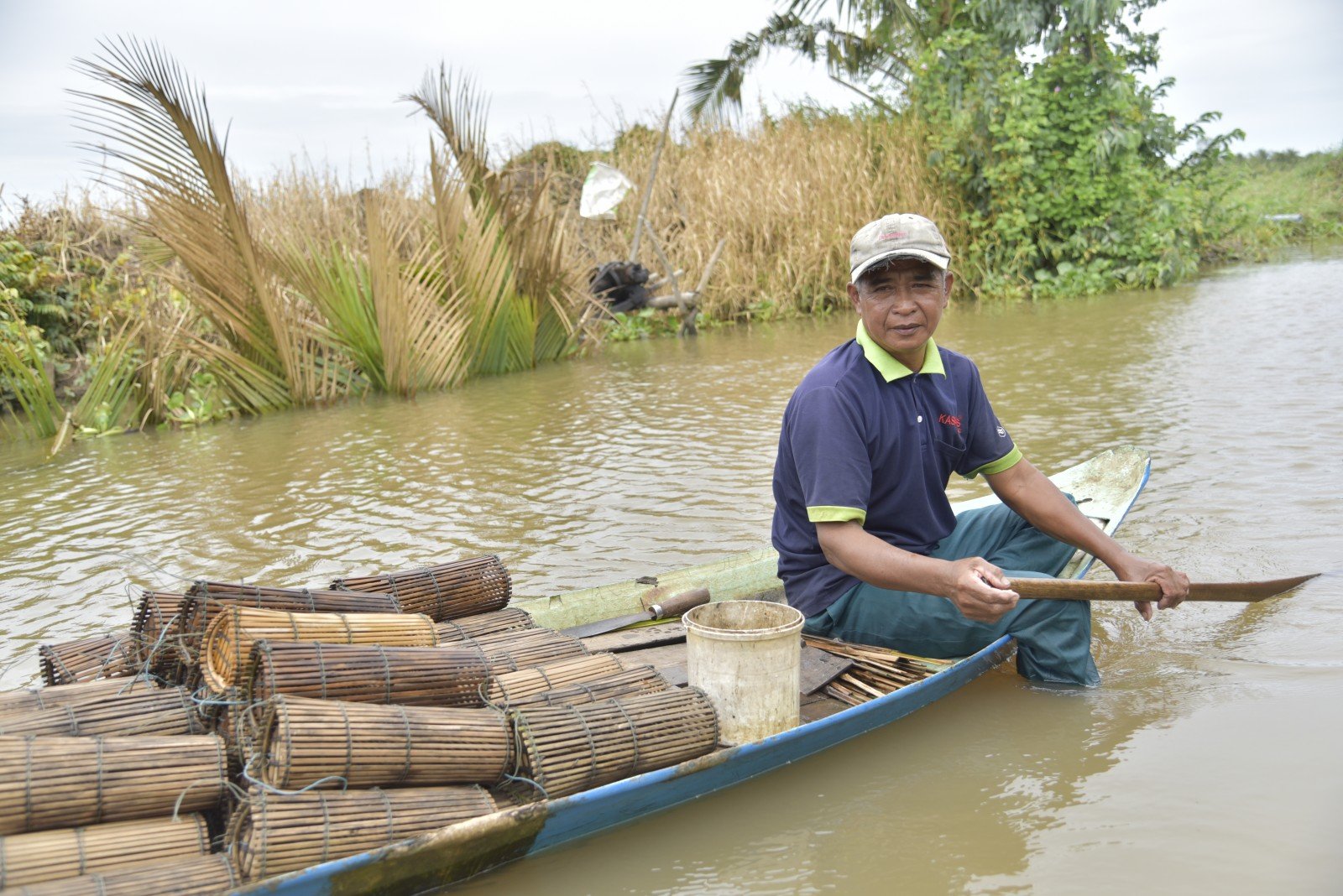
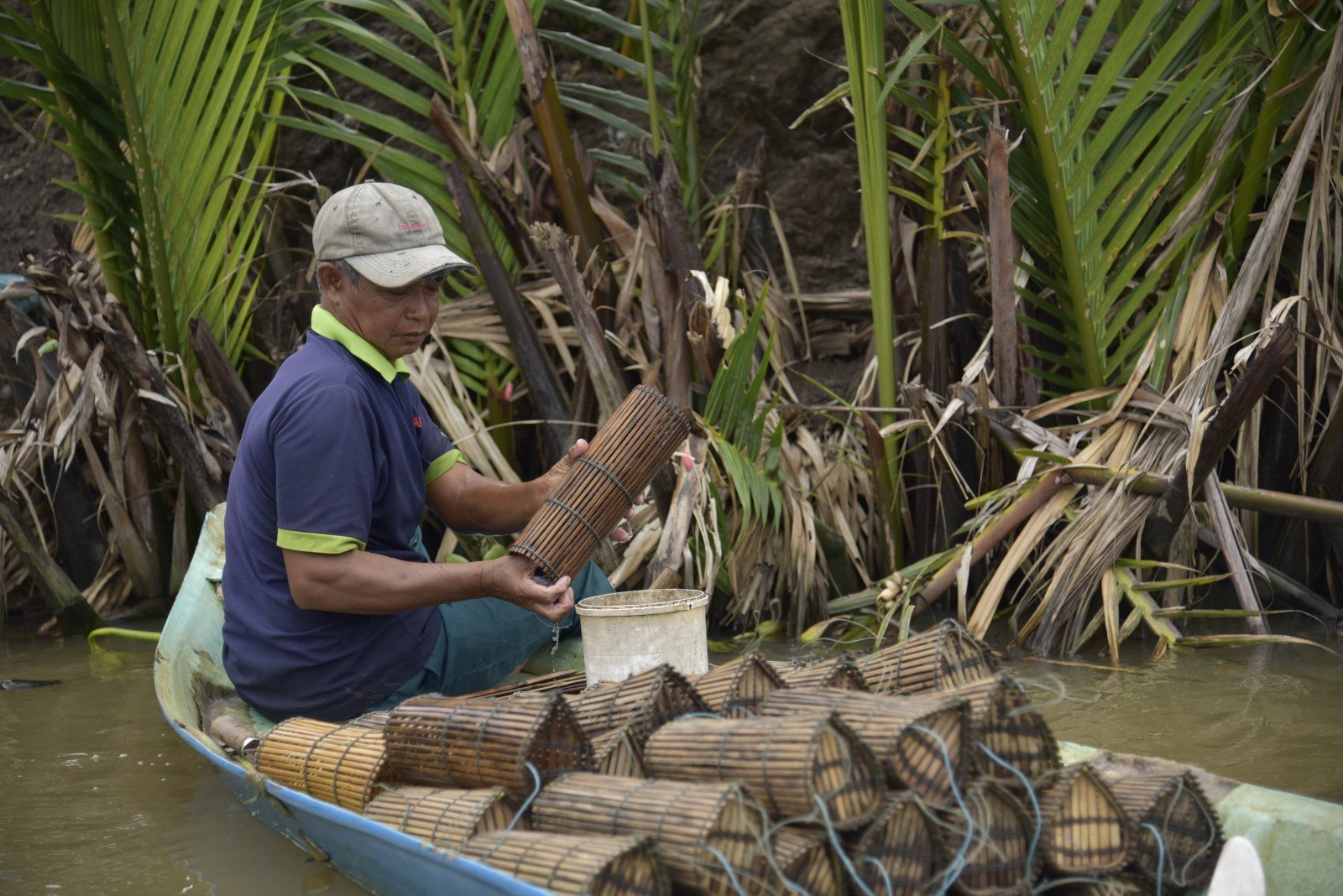
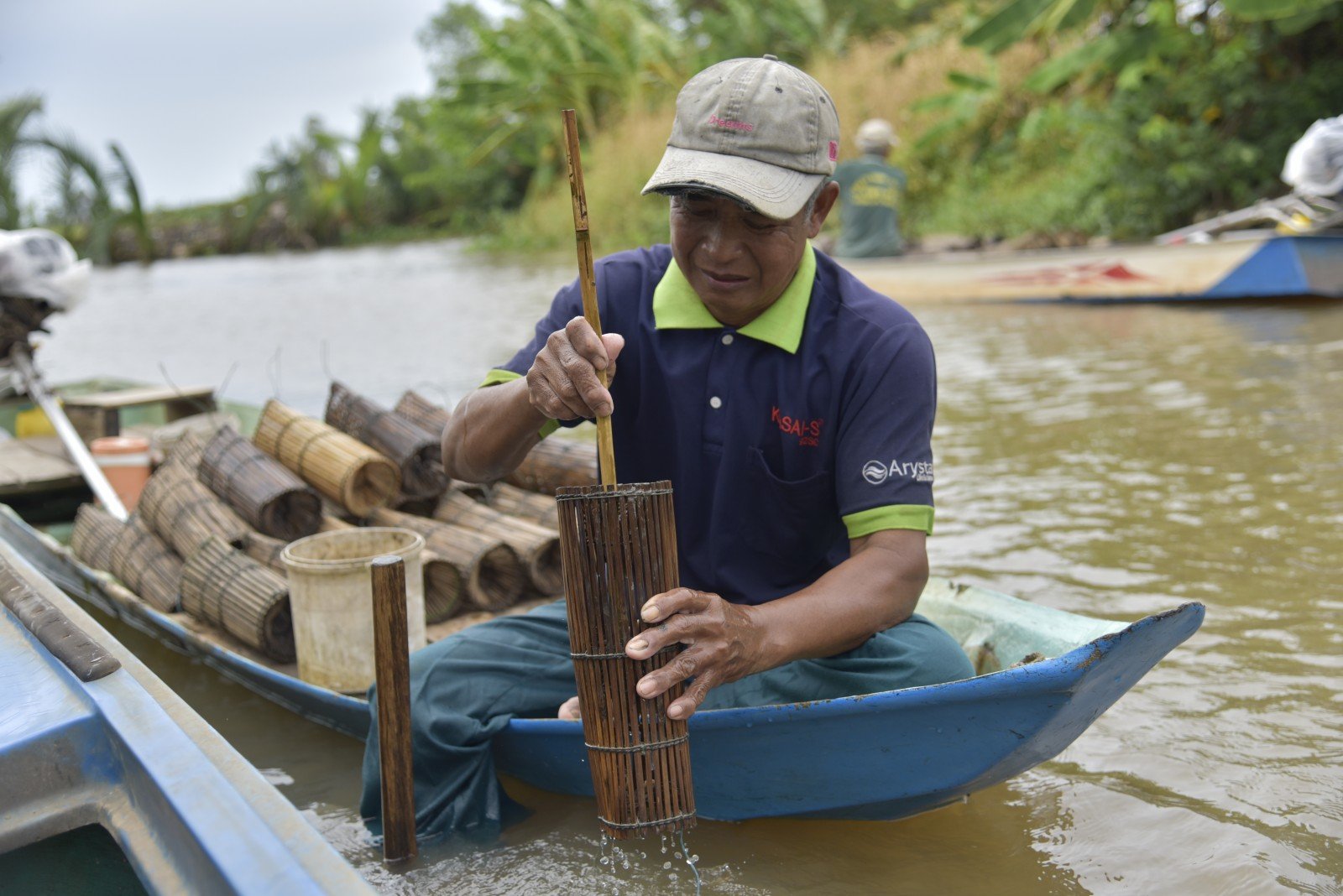
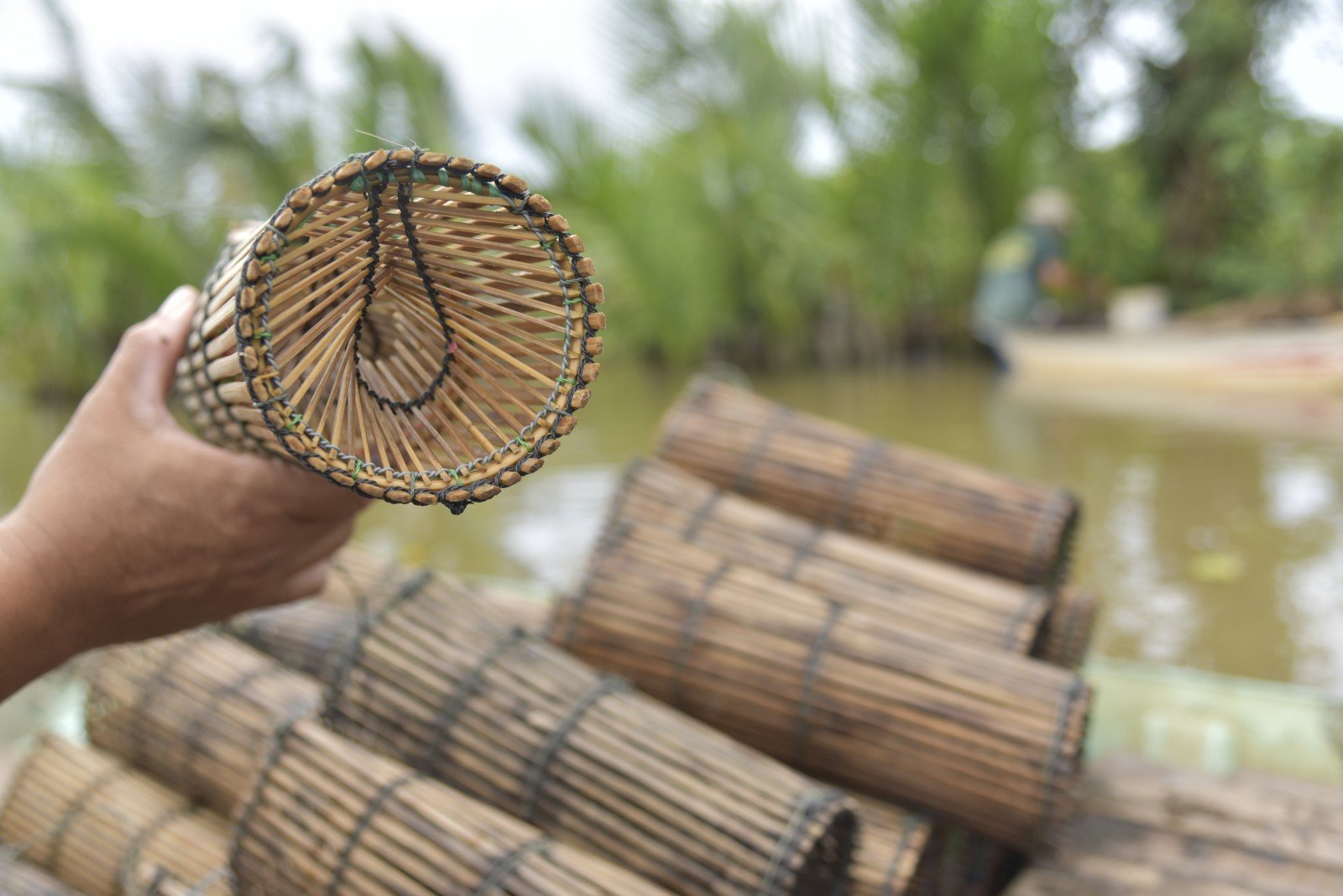
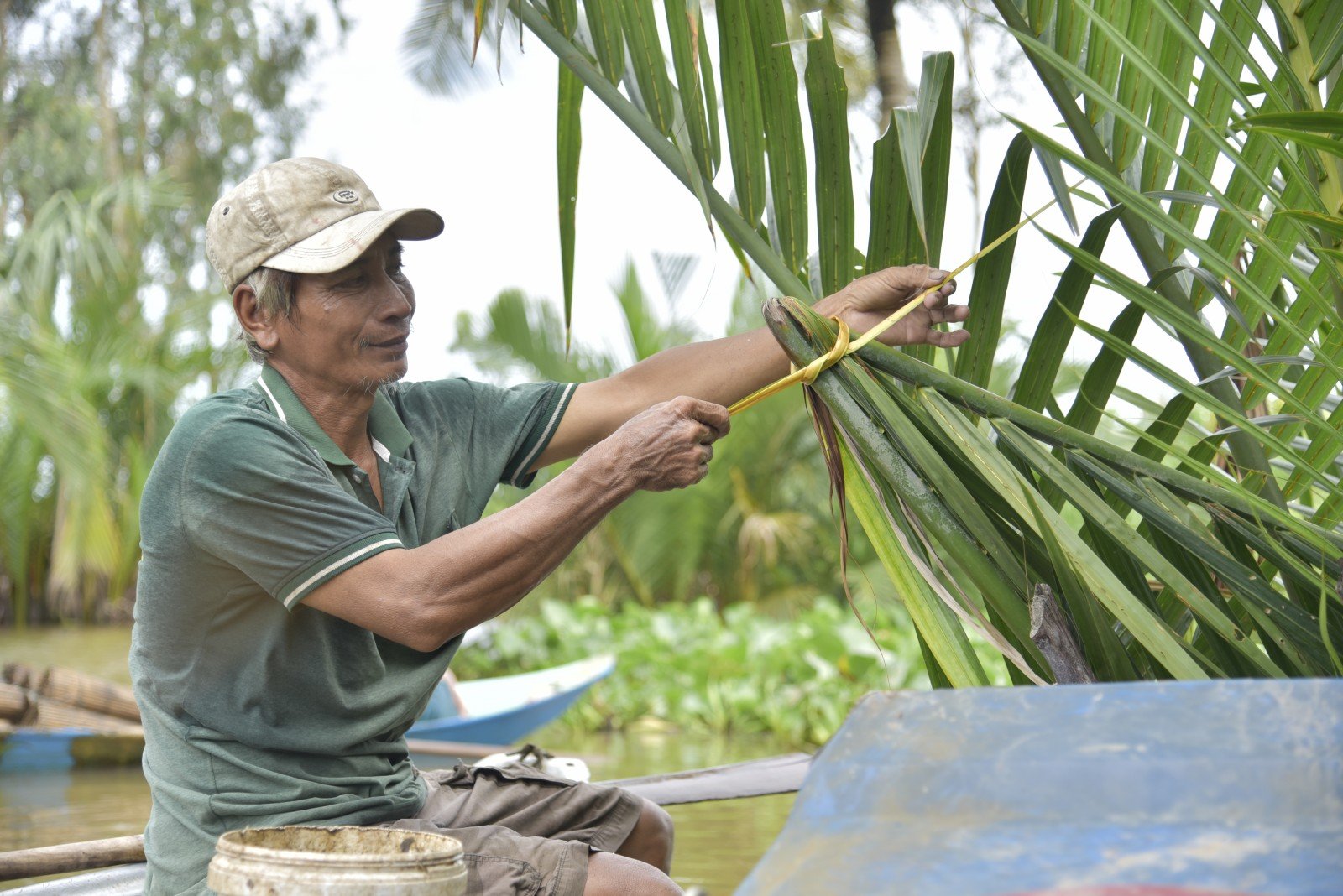
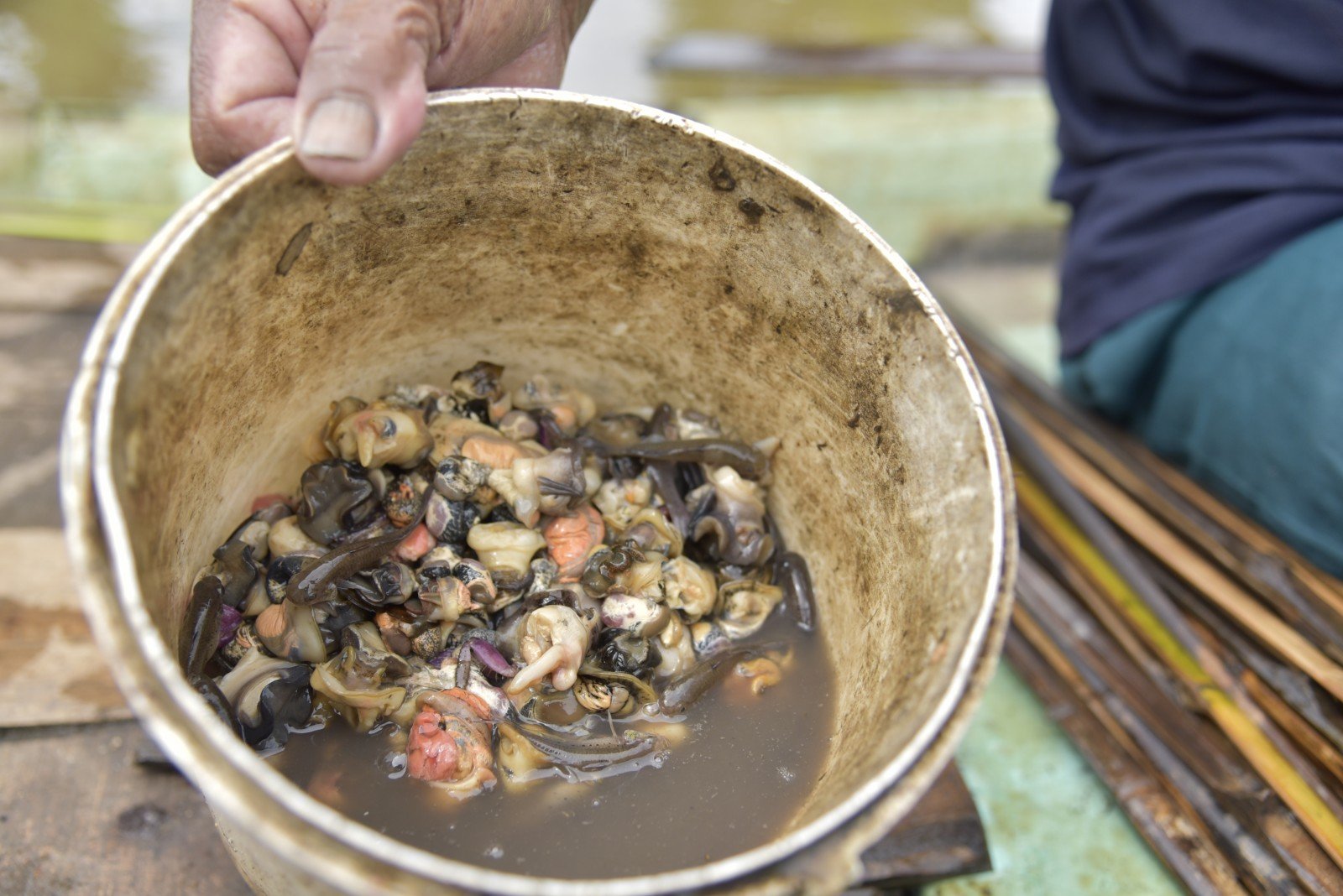
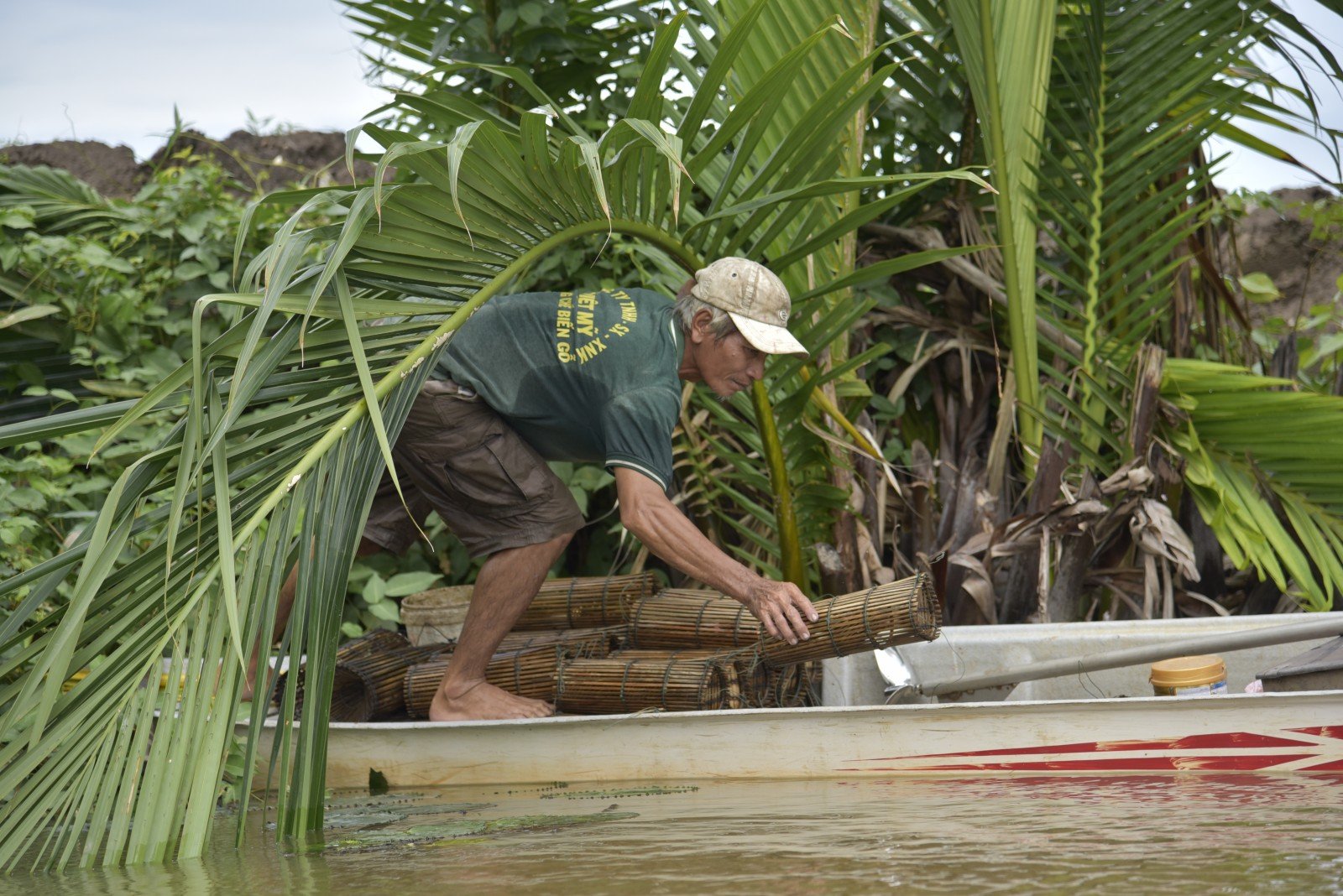
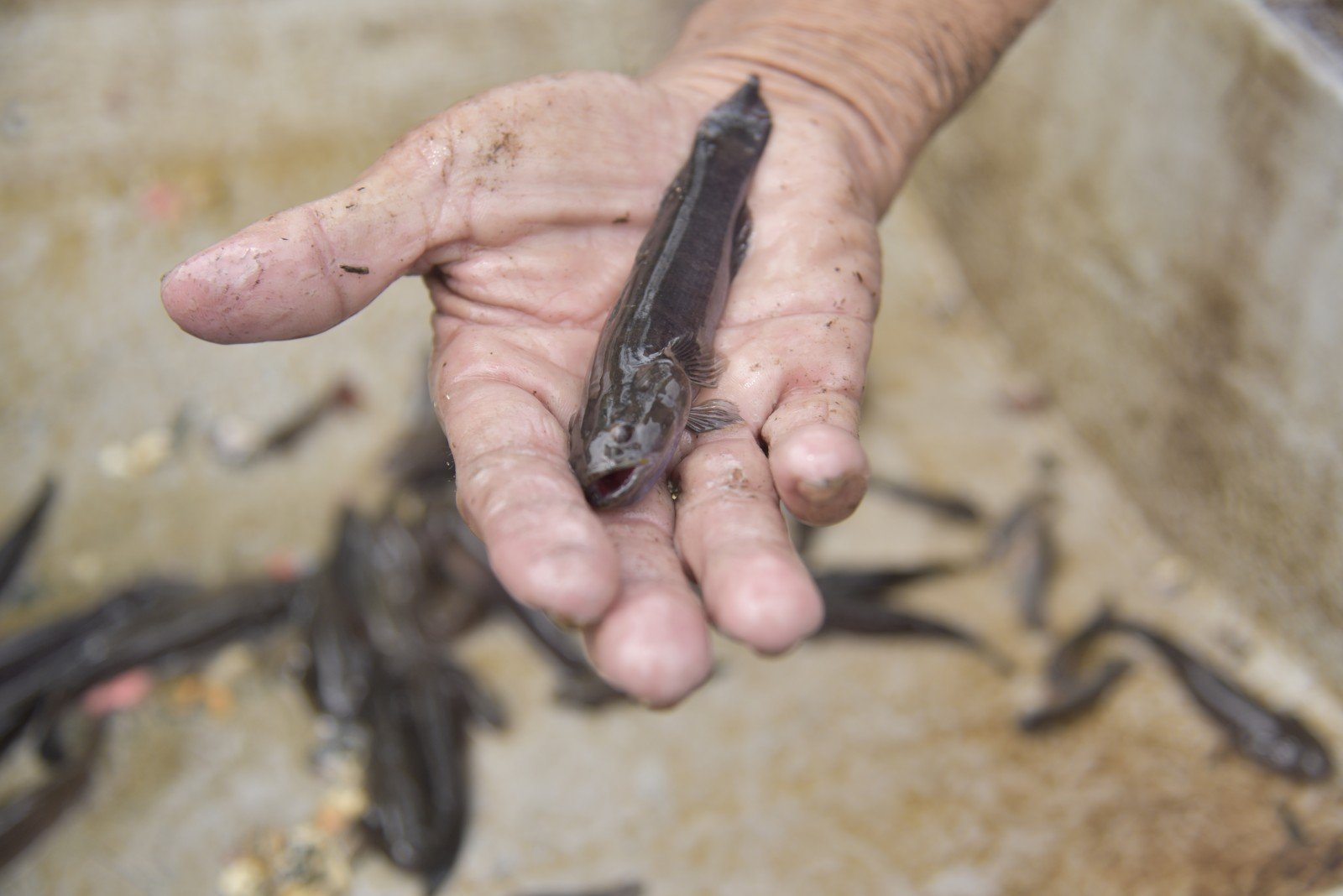
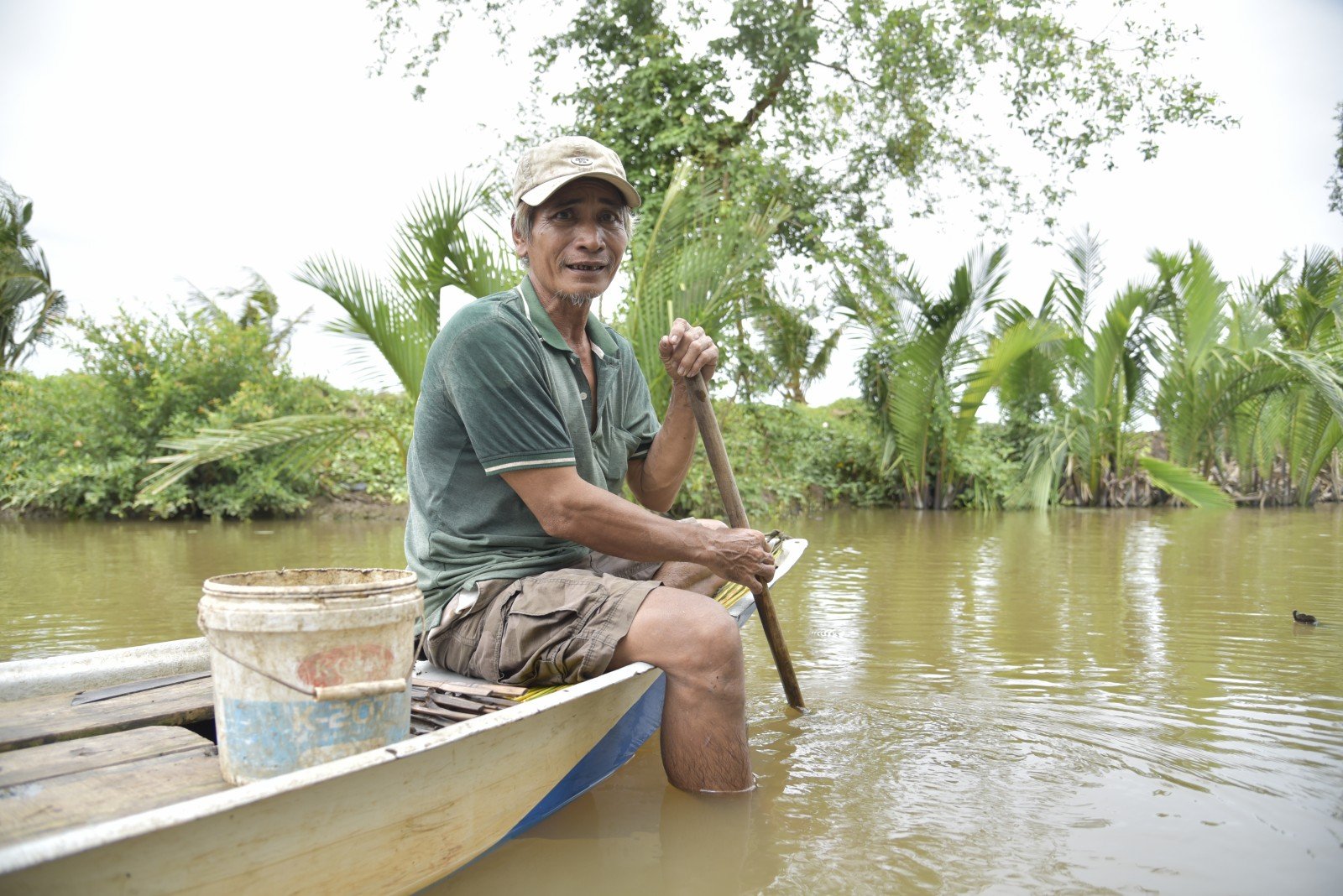
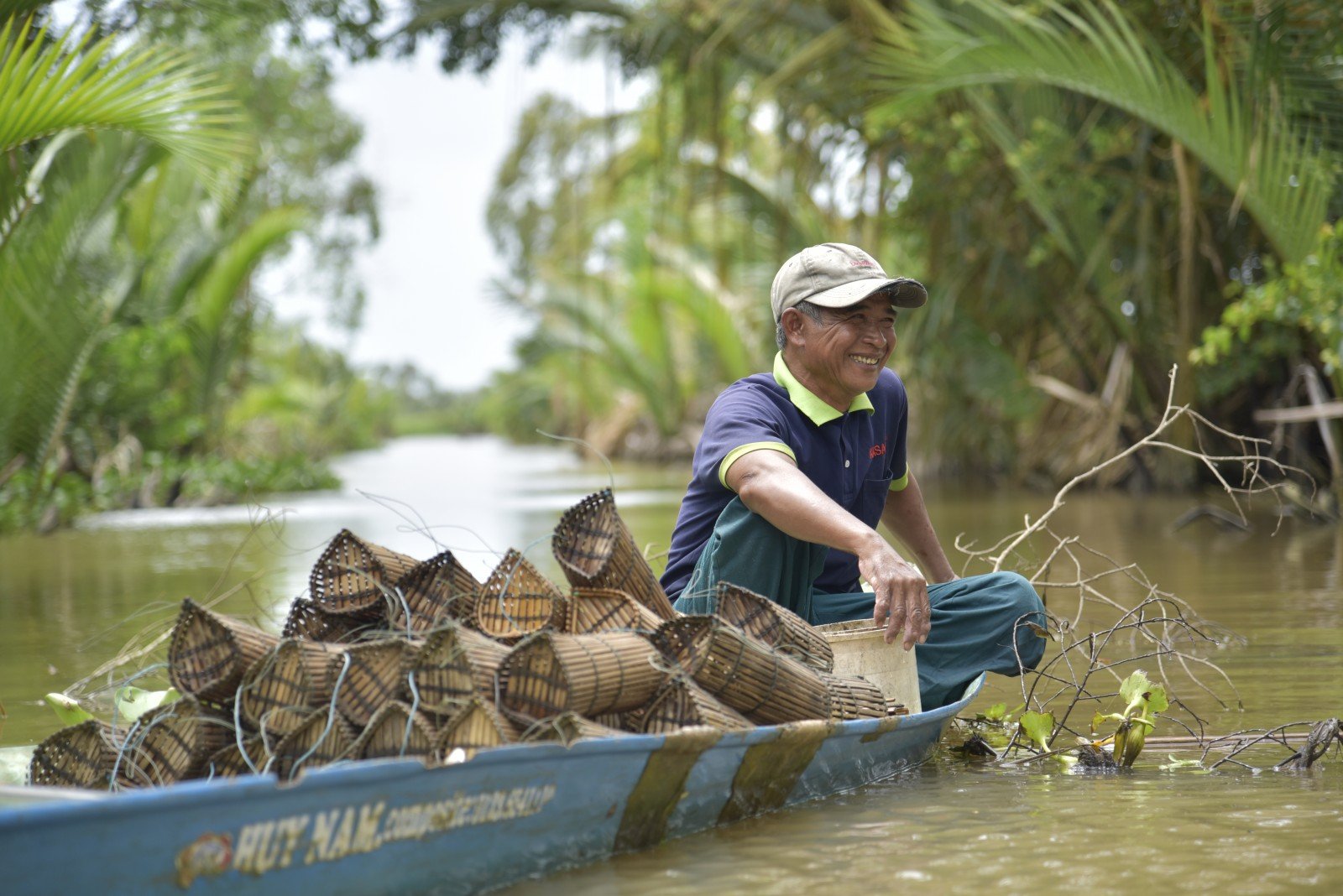
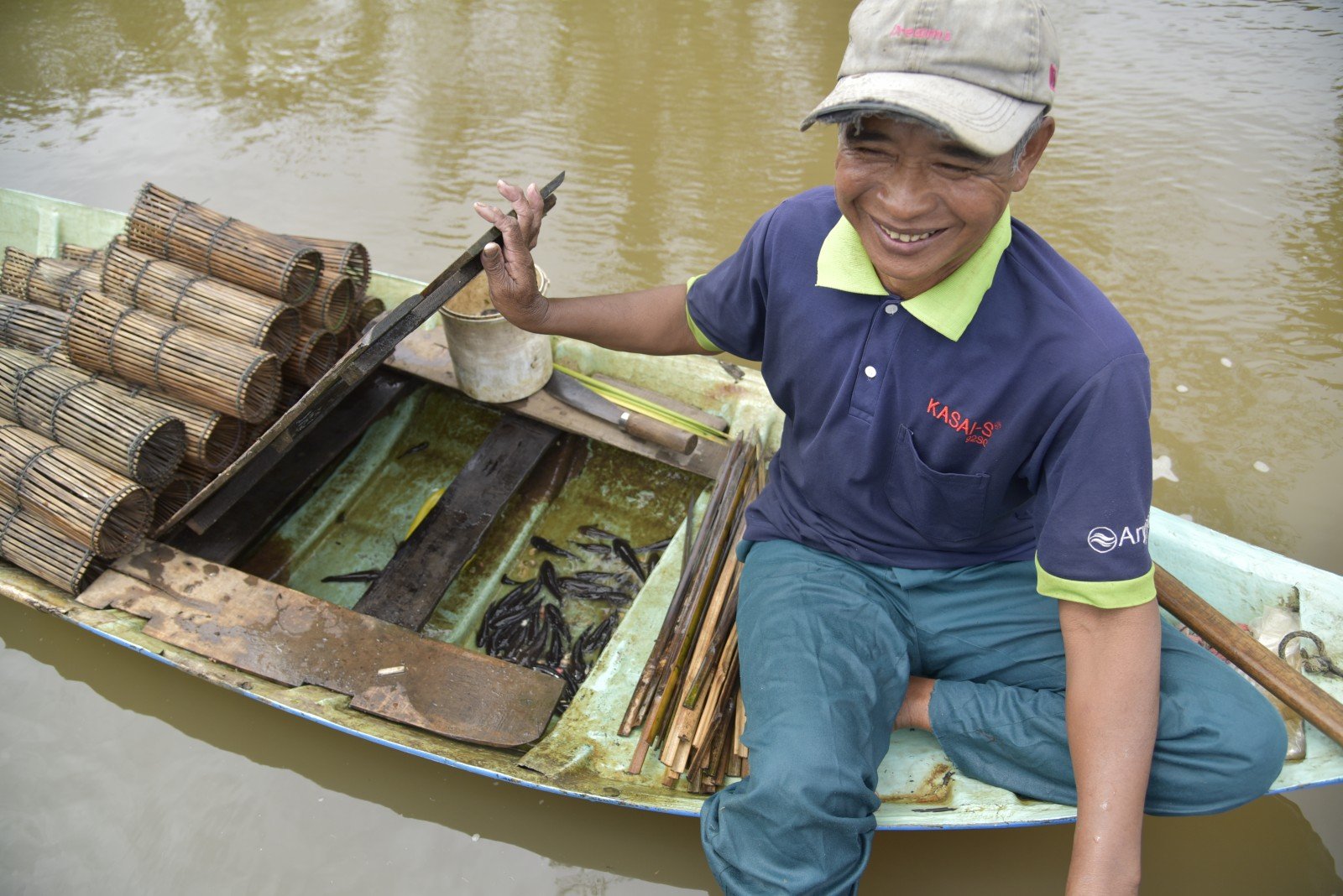
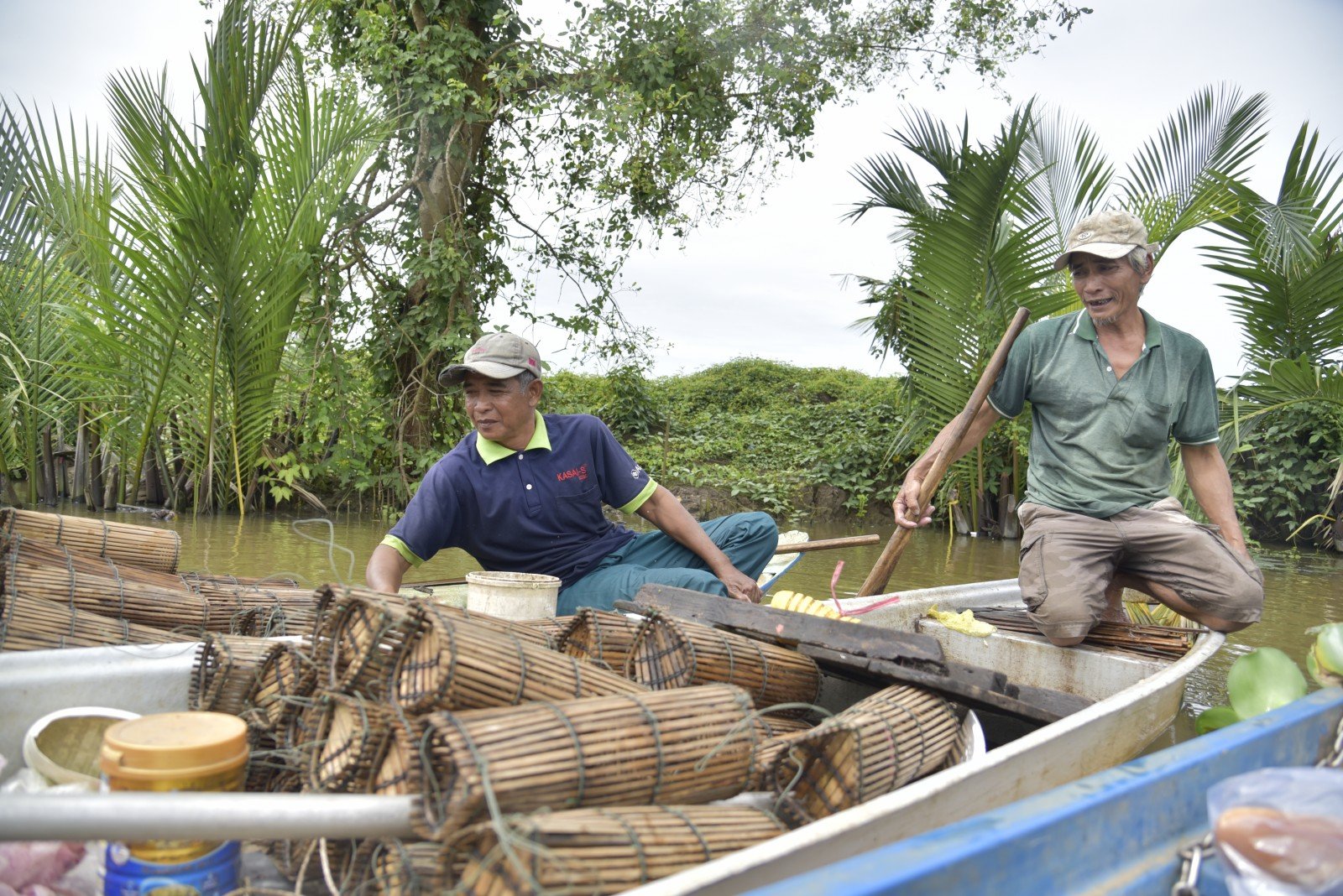
![[Photo] President Luong Cuong receives US Secretary of War Pete Hegseth](https://vphoto.vietnam.vn/thumb/1200x675/vietnam/resource/IMAGE/2025/11/02/1762089839868_ndo_br_1-jpg.webp)

![[Photo] Lam Dong: Images of damage after a suspected lake burst in Tuy Phong](https://vphoto.vietnam.vn/thumb/1200x675/vietnam/resource/IMAGE/2025/11/02/1762078736805_8e7f5424f473782d2162-5118-jpg.webp)




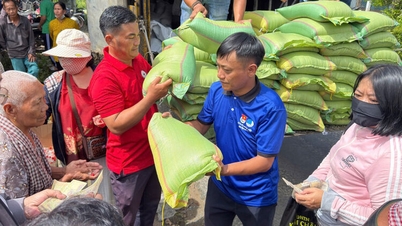

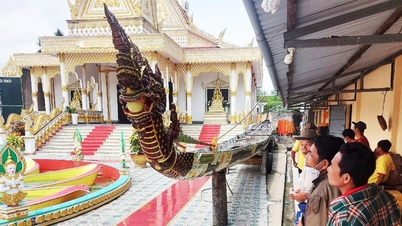


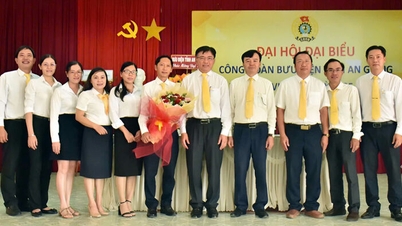




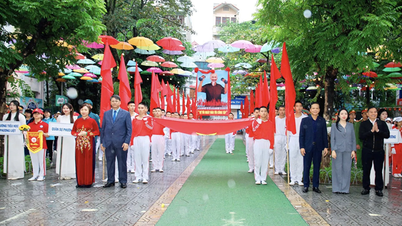
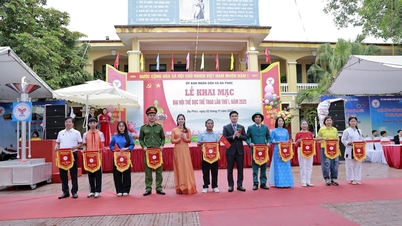




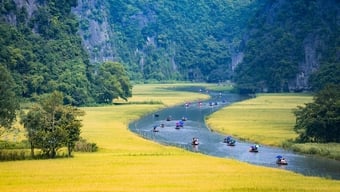


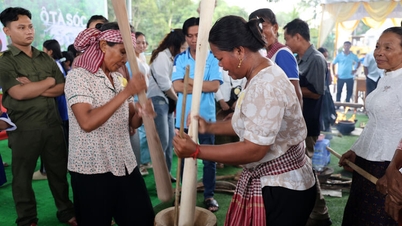

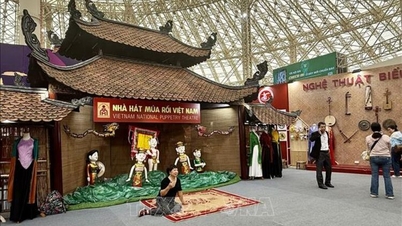




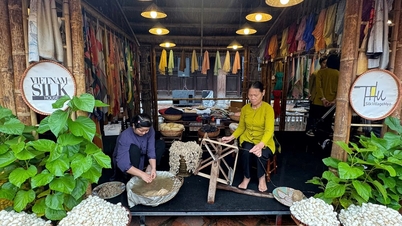

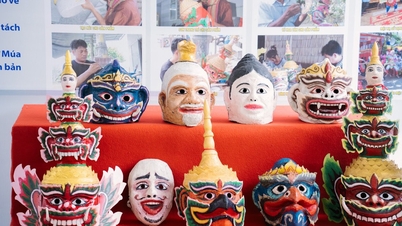
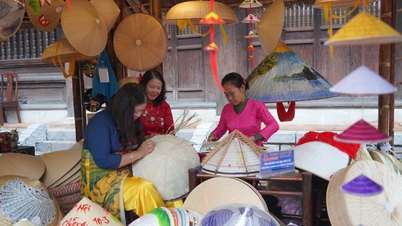

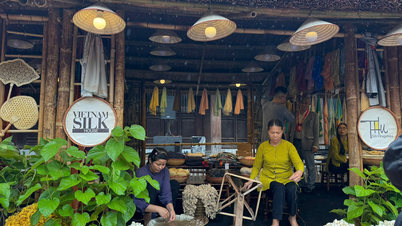

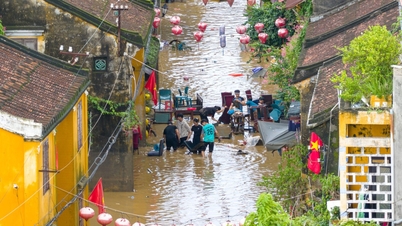

















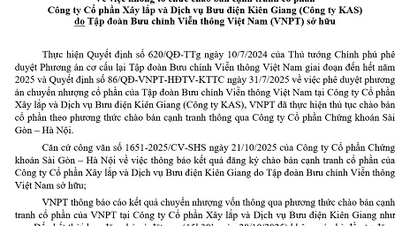









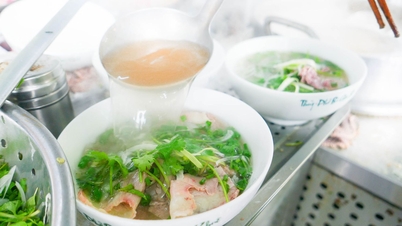


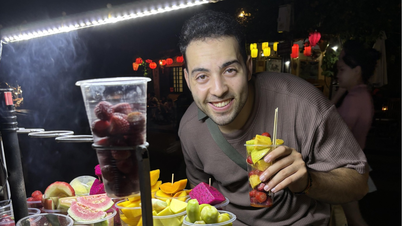




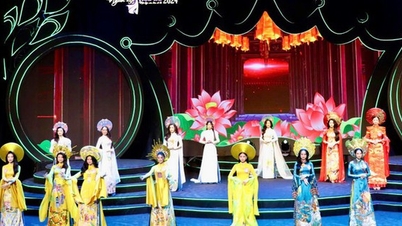
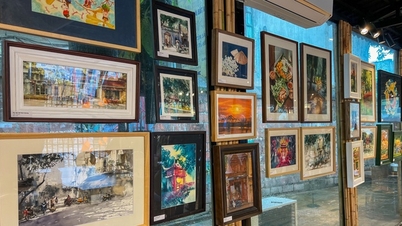




























Comment (0)